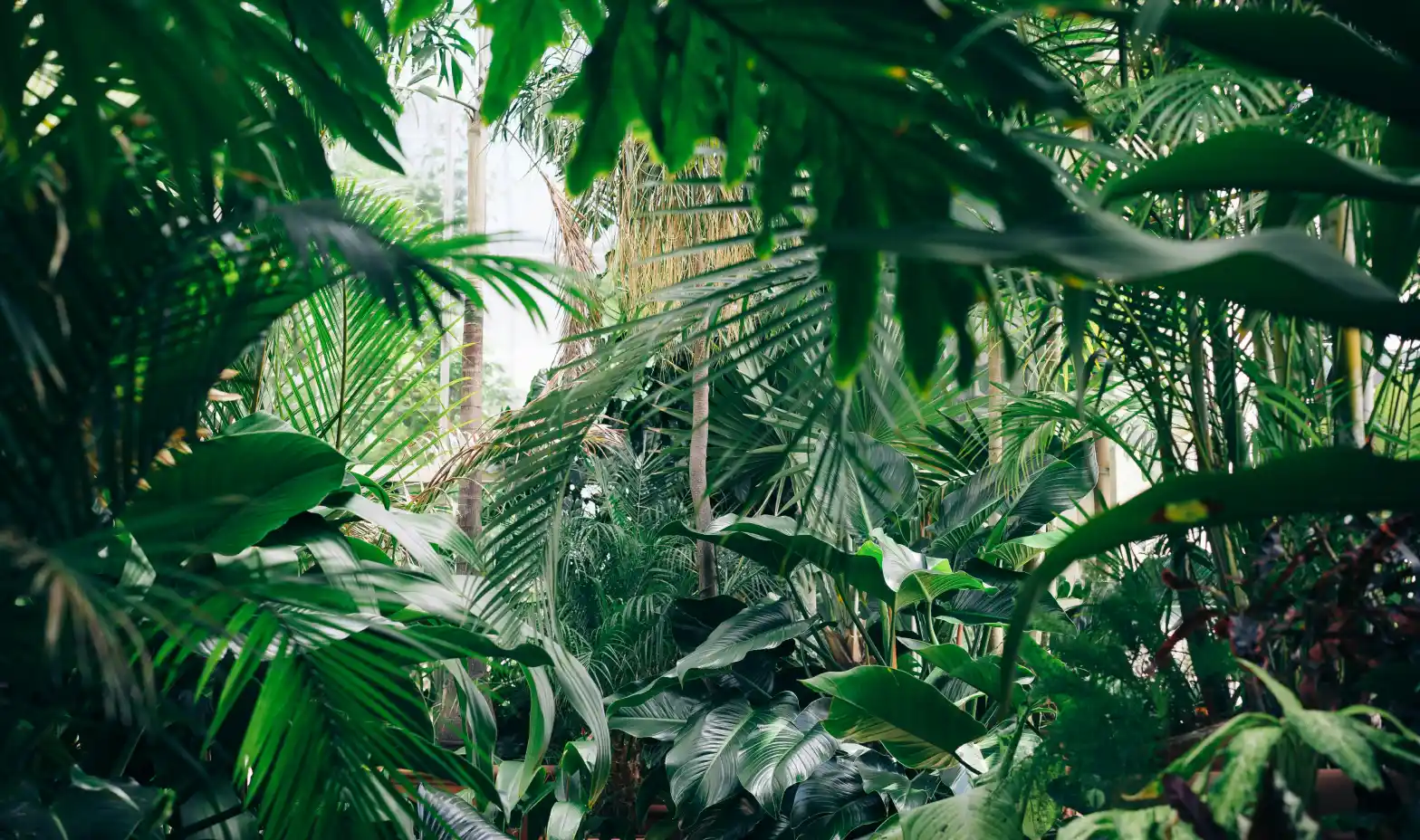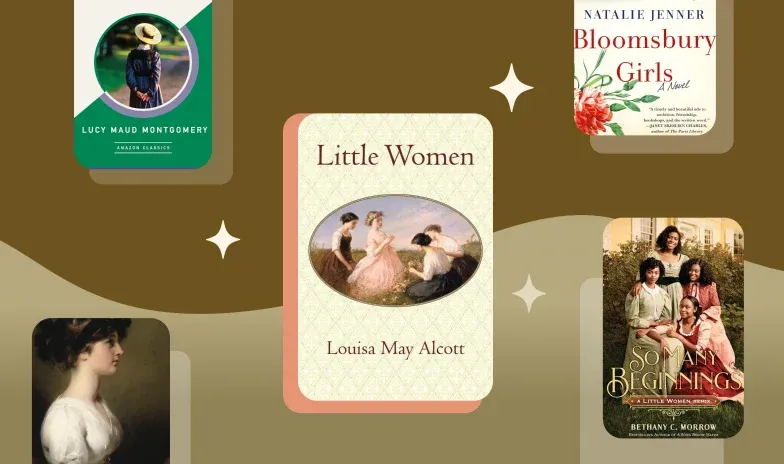Our "green friends" not only benefit Mother Nature through photosynthesis but also serve as medicine, food, and clothing for people. There would be no life on Earth and no healthy ecosystem without plants. So, read some quotes from different books about nature and immerse yourself in the world of botany and scientific research.

Trees are good for contemplation. Plato and Aristotle did their best thinking in the groves of olives and figs around Athens, and Buddha found enlightenment beneath a bo or peepul tree.
— Colin Tudge, The Secret Life of Trees: How They Live and Why They Matter
The most brilliant ideas were born in the shade under the trees. As the author pointed out, the sycamores and olive trees around Athens became the place for the great intellectual achievements of many philosophers. Trees provide a sense of shelter, comfort, and inspiration. That is why people often associate them with the image of mental purification. Hearing such tree quotes, the reader wants to ask, "What is so special about them?"
Colin Tudge reveals the importance of trees from the point of view of biology. In his book The Secret Life of Trees, he talks about their interaction through the roots over long distances, exchanging nutrients. And how do they "communicate" with animals or other plants? You will also find this answer in the book. If you want to understand what is really happening under the bark and not just admire green leaves, this book is for you!

... photosynthesis: the plant miracle that daily gives us bread and wine, the oxygen we breathe, and simply sustains all life as we know it.
— David Beerling, The Emerald Planet: How Plants Changed Earth's History

Photosynthesis is a complex process that allows us to live and breathe. Although it does not provide us with wine and bread literally, it forms the foundation for plant and animal food. All living organisms, including humans, depend on plants to produce oxygen and organic compounds.
Often, people don't think about plants' impact on the environment. That's why David Beerling offers his book as a guide through time, showing how plants have enriched the Earth from day one to today. The story touches on times when organisms lived only in water, but the appearance of entire forests gave rise to life outside the ocean. The Emerald Planet: How Plants Changed Earth's History is ideal for those who like to know everything from the beginning.

In some Native languages the term for plants translates to ‘those who take care of us.
— Robin Wall Kimmerer, Braiding Sweetgrass: Indigenous Wisdom, Scientific Knowledge and the Teachings of Plants
This quote emphasizes the strong connection between humans and nature that has developed over the centuries. Plants are not a part of nature that we can destroy carelessly or intentionally. They are our saviors who take care of us, providing oxygen, food, medicine, and protection. Indigenous peoples of some regions have a special relationship with plants.
Robin Wall Kimmerer, in Braiding Sweetgrass, combines research with Native American wisdom. She has put spiritual and scientific aspects in her book to describe the connection between nature and the human personality. As you read, you will learn how plants can teach you something and even save your life. So, let's dive into these stories right now!

Plants are nature’s alchemists, an expert at transforming water, soil, and sunlight into an array of precious substances, many of them beyond the ability of human beings to conceive, much less manufacture.
— Michael Pollan, The Botany of Desire: A Plant's-Eye View of the World
With these words, Michael Pollan describes the amazing ability of nature to form different organic compounds to support our existence. Human hands cannot create complex molecules as perfectly as plants. Naturally, they can transform water or soil into various substances — proteins, sugars, and others.
In The Botany of Desire, the writer is ready to change our understanding of the plants' influence on human life. The book combines science and history, allowing us to see how plants use us to spread around the world. We no longer control nature as before, on the contrary, it controls us. Why did this happen? How did we become little pawns of nature?

A poisonous seed will only kill you if you chew it and swallow.
— Amy Stewart, Wicked Plants: The Weed That Killed Lincoln's Mother and Other Botanical Atrocities

Imagine you see a beautiful berry that attracts with its rich color. Sometimes, because of its beauty, you do not even suspect how poisonous it can be. "Beautiful things can be deceiving at first glance" is a phrase that perfectly describes Amy Stewart’s Wicked Plants.
It describes poisonous plants that can cause serious harm to a person, even if they look innocent. The author backs this up with interesting facts, such as the story of Abraham Lincoln. The dark side of botany is that sometimes, plants can be not only our friends but also our enemies. Slightly creepy but fascinating scientific stories are already waiting for you, so read on!

Plants are not cognizant. When we cut a leaf, we assume that the plant is suffering. But that's our own anthropomorphism about what's going on.
— Daniel Chamovitz, What a Plant Knows: A Field Guide to the Senses
Can plants feel pain like humans? Although they don’t have sensory organs, they can still sense stimuli around them. Of course, they are not the same feelings that animals or other living organisms have. Plants can respond to things, but they do so based on physiological processes, not conscious sensations. Daniel Chamovitz explains this in his book What a Plant Knows: A Field Guide to the Senses.
The book combines scientific facts with simple explanations, revealing how plants respond to light, smells, sounds, and even taste. They don’t have nerve endings, and their perception of danger is more complex. Want to know about the feeling of a flower you pick as a gift for your mother?
Thanks to this list of quotes and books, your knowledge of botany will be the envy of everyone. Plants are the same living organisms as animals and humans, although they have a completely different structure and perceptions of the environment. It is difficult to imagine our life without them: they support our existence and allow us to take the next breath. So, let's broaden our horizons and learn more about nature and its incredible possibilities.
Photo credits:










